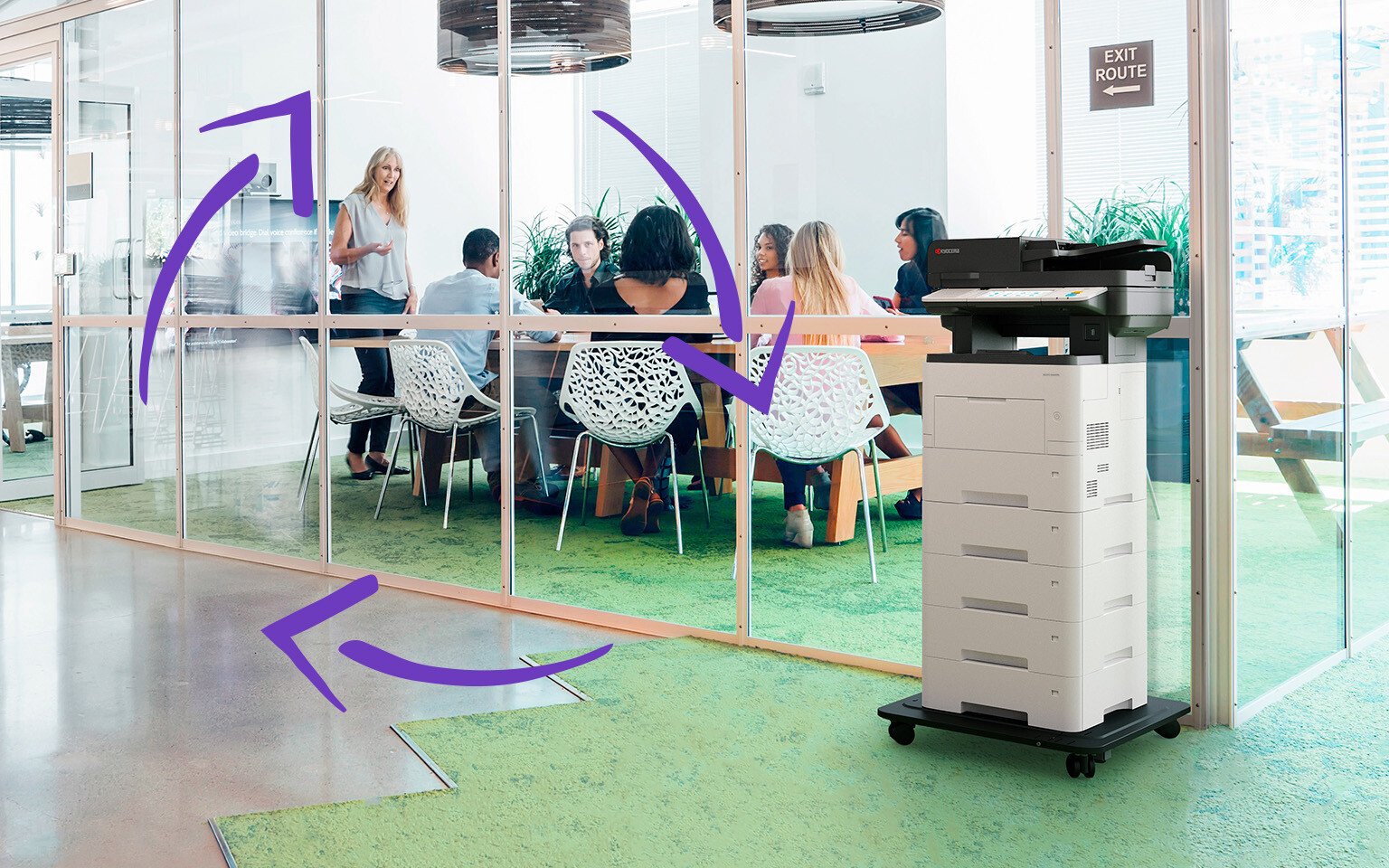
In recent years, productivity in Australia has gradually declined across most sectors. The Reserve Bank of Australia's 2023 report reveals that the Aussie workforce has an average productivity rate of just 1.2% since the start of the 2010s. This is almost half the productivity rate of the 1990s and early 2000s, despite an increase in population.
Productivity growth plays a fundamental role in driving economic expansion and improving living standards. It's typically measured by the amount of real production or output per hour worked, which is influenced by factors such as capital availability, technological progress and resource efficiency. Higher productivity growth allows for sustainable wage increases and can help mitigate inflationary pressures. So what makes productivity growth stagnate?
Before the pandemic, productivity in Australia and across the globe was slowing due to a number of pressures, including declining technological distribution, regulatory complexity, reduced competition and weakening business growth.
During the pandemic, while some sectors saw increases in productivity, others experienced declines due to disruptions in supply chains and containment/isolation measures. Some businesses shifted focus from innovation to survival, while others rapidly adopted new digital tech. In Australia, innovation investment stayed strong, with more patents filed during the lockdown periods than ever before. Innovation tilted toward tech that supported remote work, health and changing consumer demands, while cloud technology also saw a big boost.
Post-pandemic, it's uncertain if businesses will keep innovating, but there's hope for productivity gains from advanced technology like AI in the long term. The RBA report states that several factors will shape productivity in Australia moving forward, including the pace of global trade, knowledge spillovers, climate change impacts and the energy transition. Innovations adopted during the pandemic may also influence future productivity gains, while declines in productivity growth in some economies could be offset by technological advancements.
For organisations, there is a significant opportunity to improve output rates by addressing technological gaps and inefficiencies to reverse or offset the current productivity downturn. So what technology should you leverage to improve productivity and empower a humming workforce?
AI-powered automation
AI has been repeatedly cited as a potential fix to the productivity problem. It’s no secret that automating manual and repetitive tasks saves your business valuable time and frees up resources to focus on higher-value tasks requiring creativity and strategic or critical thinking. However, AI-powered automation goes a step further. It helps you manage information and scale your business operations easily without dramatically increasing staff numbers to manage the increase in administration tasks, such as invoicing.
That’s because AI handles these routine processes seamlessly, adapting to the increasing volume or number of variations often accompanying business growth. For instance, AI can recognise user corrections or iterations made in previous documents and take appropriate actions for similar forms in the future. This results in far fewer errors and enhances workflow productivity, allowing your team to save valuable time from being spent on manual corrections.
Cloud-based document solutions
Transitioning to cloud-based document solutions can also improve productivity by simplifying and speeding up the way you manage and access information. Cloud platforms provide a centralised repository for documents, which drives seamless collaboration among your employees and departments, regardless of their physical locations. This accelerates decision-making processes and ensures everyone has real-time access to the most up-to-date information in a single click.
Employee Experience (EX) technology
Today's top talent thrives in environments that prioritise employee engagement. After all, an engaged workforce is a high-performing one – and as much as 18% more productive. Unfortunately, research from a 2023 Gartner report shows that only 31% of employees report being engaged, enthusiastic and energised by their work.
Enter Employee Experience (EX) technology. EX software includes tools and platforms designed to enhance an employee’s overall experience within the organisation, ultimately contributing to a positive and motivated work culture that breeds productivity.
Implementing EX technology can include intuitive employee portals, gamified training modules, internal communication platforms and real-time feedback mechanisms. These not only streamline internal processes but also create an environment where employees feel valued and motivated to work, significantly impacting output and reducing churn.
While technology is critical, improving productivity involves more than just adopting new platforms and tools – it requires reimagining how we work, optimising existing processes and welcoming new approaches to old problems. As organisations attempt to counteract the drop in productivity in Australia, a proactive approach to innovation and technological advancement will be essential to not only surviving but thriving in the face of productivity challenges.
Want to turn your challenges into opportunities? Our Business Optimisation Flywheel can steer you toward greater efficiency, enhanced security, improved sustainability and maximised business performance. Spin the wheel to find new solutions to help you optimise your business for success today!








